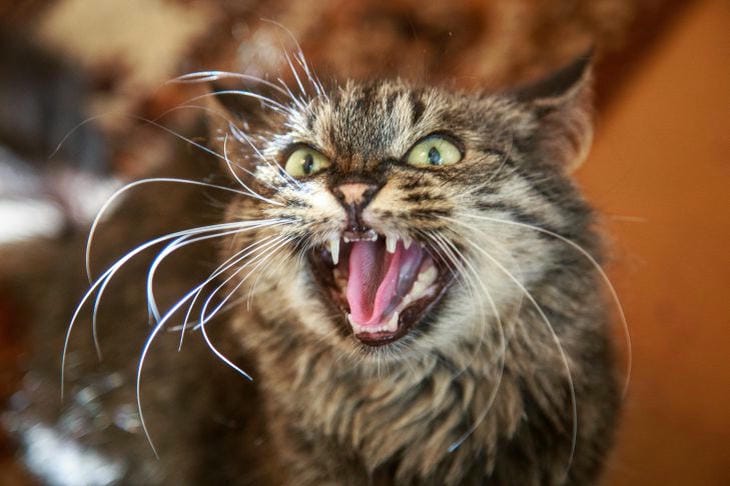Known for their independence, cats can be great companions if you find the right approach.
Turning a stubborn pet into an affectionate friend requires patience, understanding and the right methods.
Understanding the nature of cats
Cats are unique animals with their own personalities and preferences. Before attempting to change your pet's behavior, it is important to understand its nature.
Cats value their personal space and do not always seek constant physical contact. Respecting their individuality is the first step to building a trusting relationship.
Creating a comfortable environment
A comfortable environment plays a key role in shaping a cat's character. The pet needs a quiet place to rest, a comfortable bed and personal space.

Having a scratching post, toys, and high surfaces for climbing helps your cat feel secure and fulfills her natural needs.
Proper feeding
Quality nutrition affects not only the health, but also the mood of the cat. A balanced diet that matches the age and health of the pet contributes to good health and a disposition to communication.
Feeding regularly at the same time helps establish a routine and strengthen the bond with the owner.
Communication and games
Regular interaction and play are the key to a cat's heart. It is important to give your pet attention every day, using toys that stimulate the hunting instinct.
Interactive toys, fishing rods with feathers or laser pointers help cats release energy and bond with their owners.
Caress and touch
Gradually accustoming your cat to being touched requires patience. Start with short petting sessions when your pet is relaxed. Many cats enjoy being scratched behind the ears or under the chin.
It is important to observe the animal’s reaction and not to force affection on the cat if it is not in the mood for contact.
Using positive reinforcement
Rewarding desired behavior with treats and praise helps to form positive associations with communication in your cat.
When your pet is friendly or seeks contact, you should reward it immediately. Gradually, the cat will begin to associate affection and communication with pleasant sensations.
Respect for personal space
Forcing interactions can backfire. Cats need time to themselves, and it’s important to respect their desire to be alone. Allowing the pet to initiate contact builds trust and shows respect for the animal’s needs.
Socialization from an early age
Kittens that have positive experiences with people at an early age are more likely to grow up to be affectionate and friendly. As an adult cat, the socialization process may take longer, but patience and consistency will help you succeed.
Consistency in behavior
Predictability of the owner's behavior helps the cat feel safe. Sudden movements, loud noises, or inconsistent reactions can frighten the pet and make it difficult to establish a trusting relationship.
Calm and confident human behavior helps to create a sense of security in a cat.
Taking into account individual characteristics
Every cat is unique, and what works for one may not work for another. Observing your pet's behavior, play preferences, and socialization will help you choose the most effective approach.
Some cats enjoy being held, while others prefer to be close but without close physical contact.








